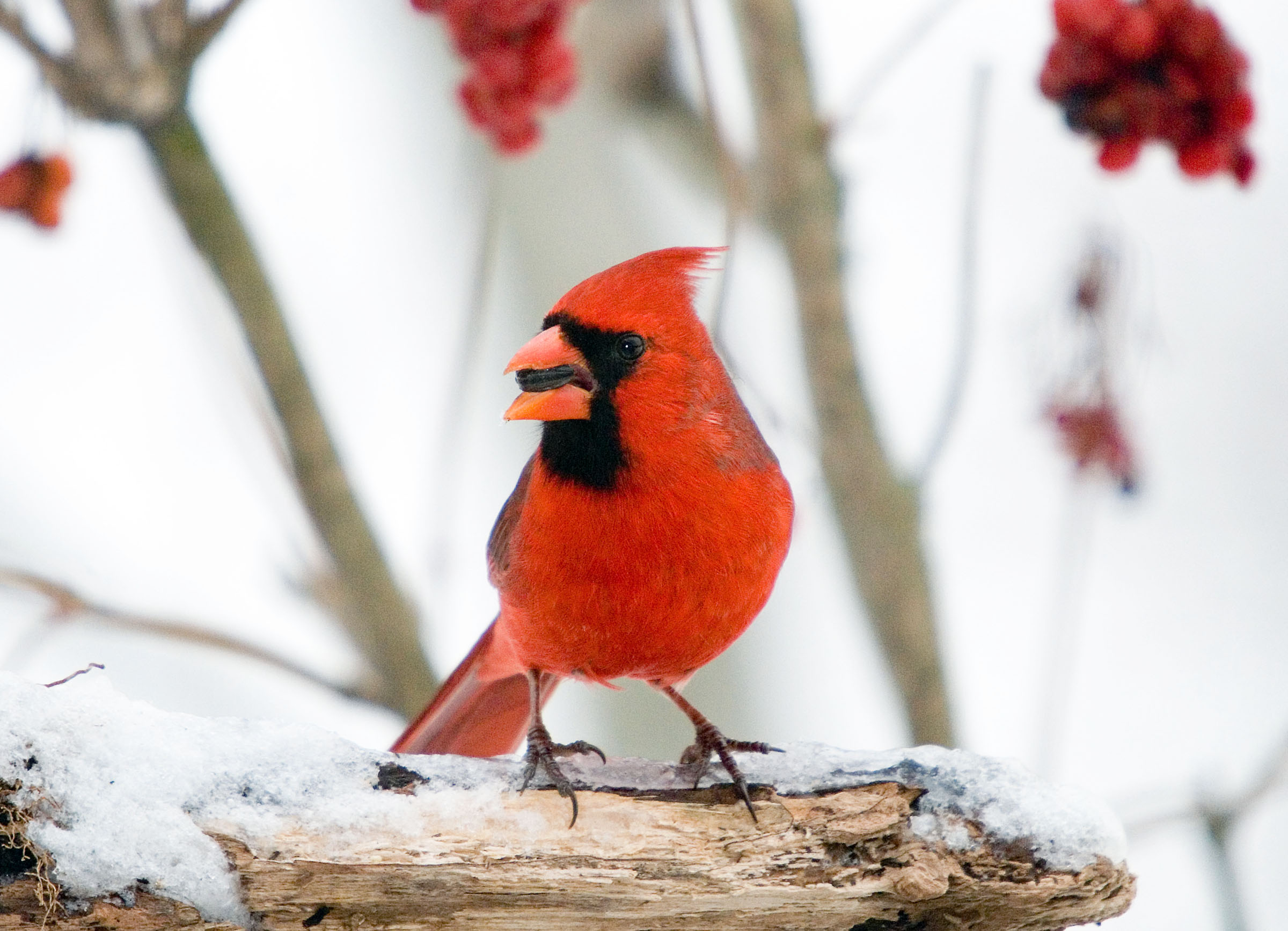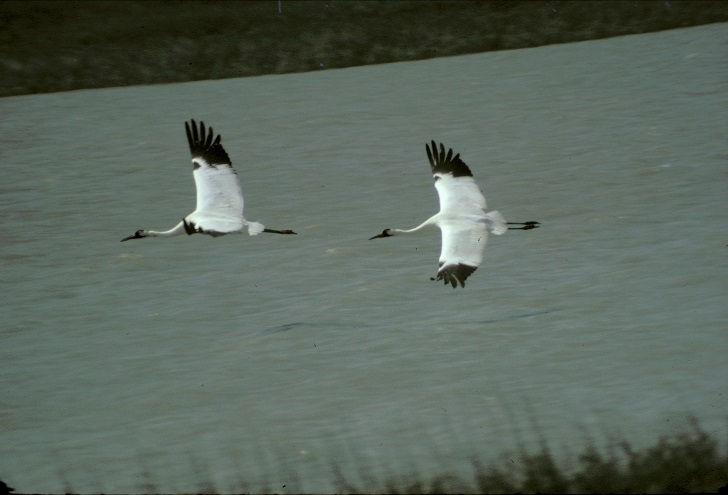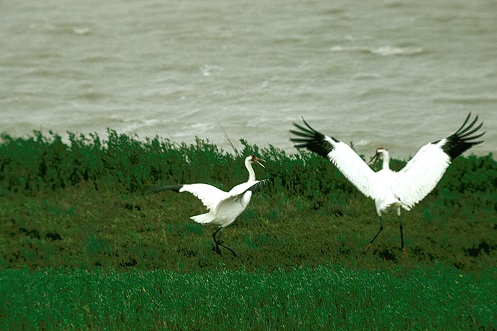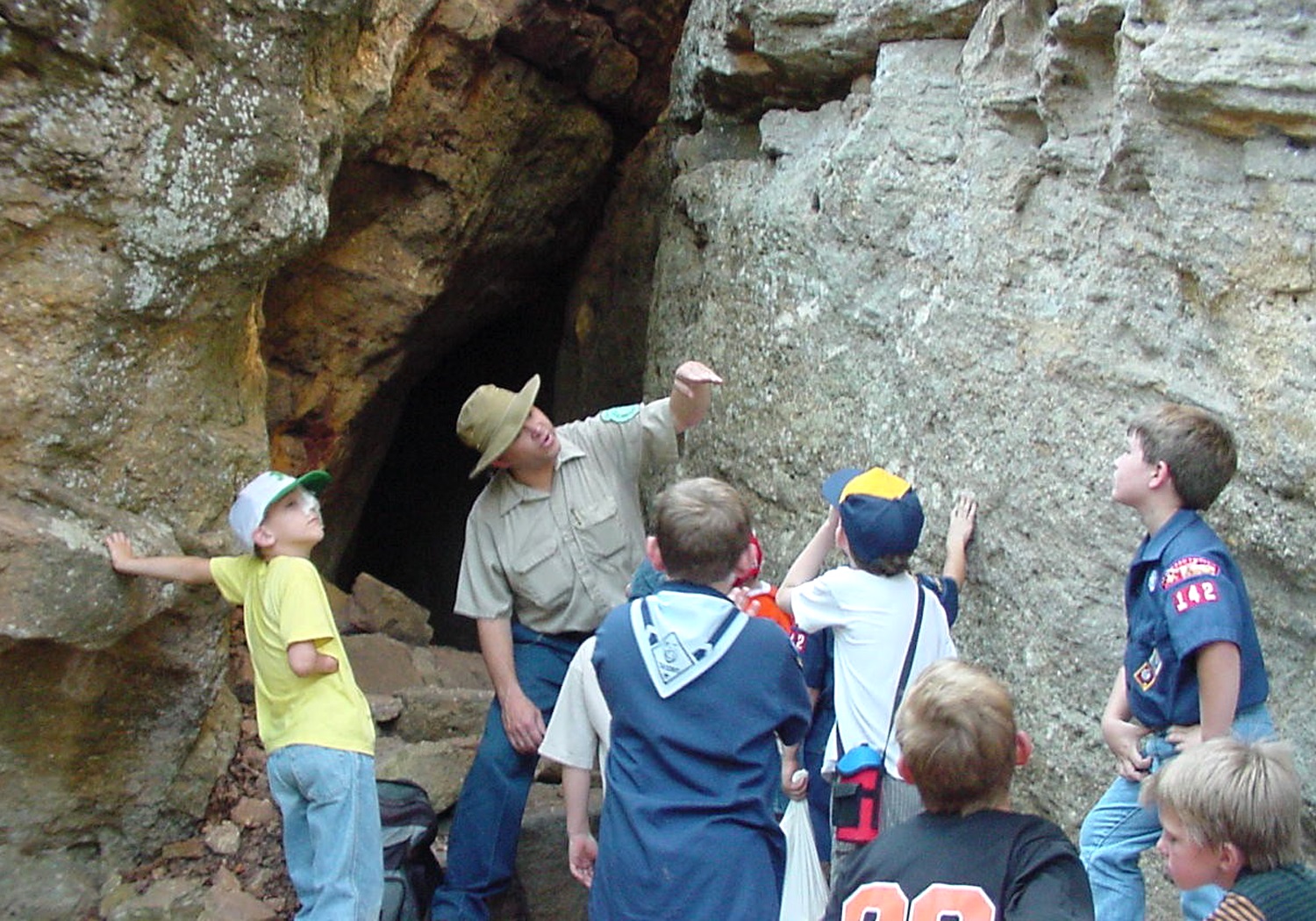Birding: Feeder Watching
Tuesday, December 10th, 2013This is Passport to Texas
The Christmas Bird count, which takes place from December 14 – January 5 is a project of the National Audubon Society where for three weeks volunteers count birds during a 24-hour period in a 15-mile diameter circle.
05—But there aren’t any on December 25th—you can’t compete with family time and ripping open presents.
Cliff Shackelford is Texas Parks and Wildlife non-game ornithologist. Volunteers submit their observations to the lead person, called a compiler.
05—That compiler then crunches all the numbers and turns in—nationally—a count for the whole circle.
Audubon isn’t the only organization counting birds this winter. The Cornell Lab or Ornithology and Bird Studies Canada offer a feeder watcher program for folks who prefer to count birds from the comfort of home.
23—That’s someone that just merely watches out their back window and looks at the birds coming to the feeder and just counting those things. It’s a really good niche for someone that’s not able to get out if it’s too cold, or you’re just not physically able to get out, or maybe you have a newborn at the house, These are people that might have their eyes open watching the feeder and can contribute.
Find links to more information on the bird count and feeder watch at passporttotexas.org.
The Sport Fish and Wildlife Restoration Program… supports our series as well as conservation programs in Texas.
For Texas Parks and Wildlife…I’m Cecilia Nasti







 Passport to Texas is a
Passport to Texas is a  Passport to Texas is made available by:
Passport to Texas is made available by: